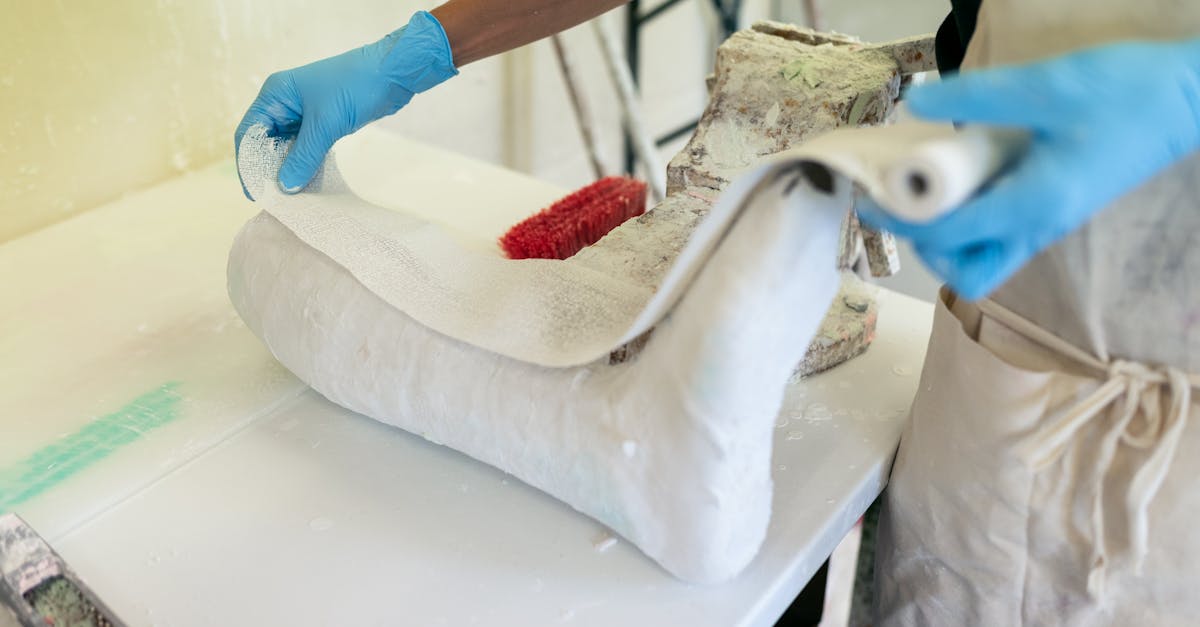
Orthotic Solutions
Table Of Contents
Orthotic Solutions
When it comes to managing leg pain, many individuals seek solutions that not only alleviate discomfort but also enhance their overall mobility. Boulder orthotics for leg pain have become a popular choice among both healthcare professionals and patients. These specialized orthotic devices are designed to provide the necessary support and alignment for the feet and legs, ultimately leading to pain relief and improved quality of life.
The integration of boulder orthotics for leg pain into daily routines can significantly benefit those suffering from various conditions, such as plantar fasciitis, arthritis, and general discomfort. By addressing the root causes of leg pain through customized support, individuals can experience a notable reduction in symptoms while enjoying greater freedom of movement. This has made boulder orthotics an essential consideration for anyone looking to take proactive steps towards better leg health and comfort.
Frequent Challenges Treated with Orthotic Devices
Orthopedic supports are often employed to address frequent conditions that affect individuals' mobility and comfort. Flat feet is one such condition that can lead to pain and discomfort during daily activities. Orthotic inserts help to provide the necessary arch support, alleviating pressure on the feet and improving overall alignment. Another prevalent issue is heel pain, which can hinder walking and standing. Using orthotic solutions can help distribute weight evenly across the foot, reducing strain and promoting healing.
Additionally, conditions like foot instability can be effectively managed with orthotics. This condition often leads to hip discomfort due to improper alignment. Custom orthotic devices can provide stability and support, minimizing the risk of injury. Diabetic foot ulcers are another serious concern that can be addressed with orthotic interventions. These devices can help redistribute pressure and protect sensitive areas, reducing the likelihood of complications while enhancing mobility.
Examining Disorders That Are Helped by Orthotics
Orthotic devices play a crucial role in supporting individuals with various conditions. Individuals suffering from leg issues, such as flat feet, often find relief through custom orthotics. These devices are designed to deliver optimal alignment and stability, making daily activities more manageable. Additionally, individuals with cerebral disorders, like cerebral palsy, can benefit from orthotics that improve mobility and enhance overall quality of life.
Injuries and chronic pain conditions, such as tendinitis, can also be effectively managed with orthotic interventions. By redistributing pressure and reducing strain on affected areas, these devices help alleviate discomfort and promote healing. Athletes often use orthotics to address biomechanical issues, ensuring they maintain peak performance while minimizing the risk of injury. Understanding the conditions that benefit from orthotic devices can lead to more effective treatment plans and improved outcomes for those in need.
The Significance of Personalized Orthotics
Personalized orthotics serve a vital role in promoting foot and ankle health. These devices are engineered to correct specific biomechanical issues that individuals may experience. Through providing the right level of support and alignment, tailored orthotics can aid in alleviating pain and discomfort during daily activities. This type of intervention is especially beneficial for those suffering from conditions like plantar fasciitis, flat feet, or other orthopedic problems.
In addition, the use of tailored orthotics can boost overall function and stability. These orthotic devices are merely made to fit the unique contours of an individual's foot but also to offer the necessary support for proper gait mechanics. With individuals wear these orthotics, they may experience greater comfort, allowing for a more active lifestyle. Overall, the importance of tailored orthotics cannot be overstated, as they play a significant role in sustaining foot health and overall well-being.
Importance of Personalized Orthotic Devices Are Crucial
Tailored orthotic devices serve an key part in enhancing mobility and alleviating pain in individuals with multiple foot concerns. Such orthotics are specifically crafted to match the individual foot structure which ensures the best support during daily activities.
Furthermore, tailored devices can help with addressing improper gait patterns that can result to subsequent issues over time. These orthotics do not only offer comfort and boost complete health through promoting correct body mechanics and lessening stress on other areas.
How to Maintain Your Orthotic Devices
Proper maintenance of your orthotic devices is essential to guarantee their effectiveness and performance. Regularly sanitizing is vital to prevent the buildup of dirt and bacteria. Employ a gentle soap and water solution when cleaning the surfaces, and let them to dry naturally afterward. Refrain from using harsh chemicals or excessive moisture, as these can deteriorate the materials. Examine your devices periodically for signs of wear and tear, repairing any issues promptly to avoid further complications.
Keeping your orthotic devices properly might also extend their lifespan. When not in use, put them in a cool, dry area away from direct sunlight. Employing a protective case or pouch may help shield them from potential damage. Furthermore, it is important to adhere to any specific care instructions provided by your healthcare professional or the manufacturer. Scheduled follow-ups with your healthcare provider can help ensure that your devices remain effective and fit for your needs.
Key Tips for Caring for Orthopedic Supports in Good Shape
Proper care of orthopedic supports is crucial for guaranteeing their effectiveness and life span. Frequently cleaning your orthotics may prevent germs and unpleasant smells from building up. Always follow the designer's guidelines for cleaning. Employing a soft cloth or brush is advisable to lightly clean the surfaces without causing damage. Steer clear of harsh chemicals or soaking them in water, as this can compromise their integrity.
Another key aspect of caring for orthopedic supports is proper storage when not in use. Keeping them in a dry, cool area contributes in preserving their shape and function. Keeping them away from direct sunlight or extreme temperatures is crucial to prevent any material degradation. Additionally, alternating between pairs, if possible, can enhance their lifespan. Frequently inspecting your orthotics for any signs of wear and tear will help ensure they remain in optimal condition.